NASA Rocket Launch Photos: Ocean-Watching Aquarius Satellite Blasts Off
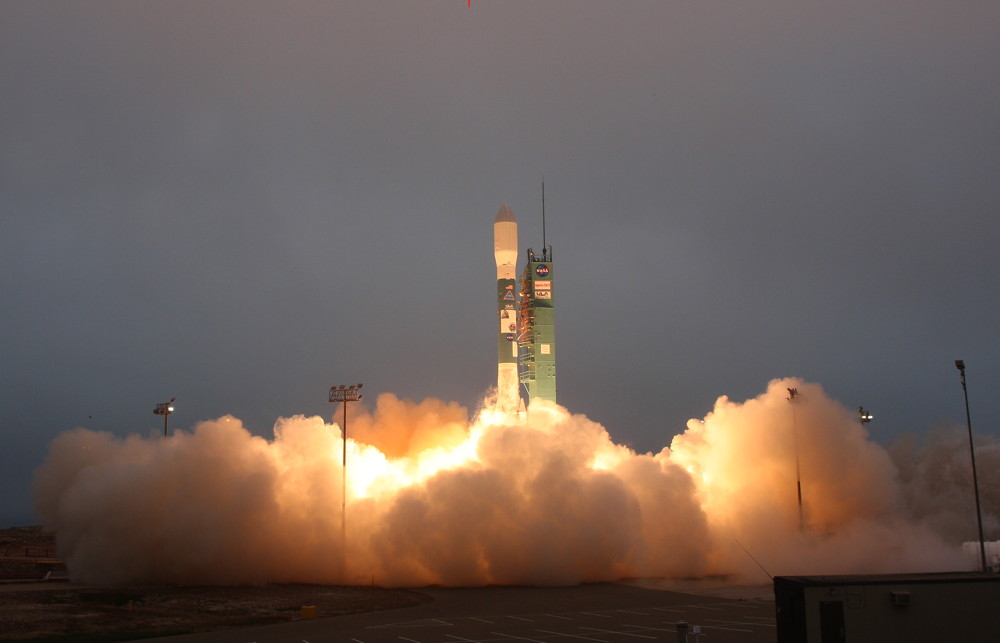
When NASA launched a new satellite Friday (June 10) to map the salt content of Earth's oceans in more detail than ever before, the space shot created some spectacular views.
By all accounts, the satellite launch was an stunning success, with a smooth ascent into space and a flawless separation from the unmanned Delta 2 rocket that lofted the Aquarius/SAC-D satellite in orbit.
The $400 million Aquarius/SAC-D satellite blasted off at 7:20 a.m. PDT (1420 GMT) from California's Vandenberg Air Force Base on a mission to the role that sea salt plays in Earth's climate and oceans. The mission is a partnership between NASA and the Argentina space agency, with contributions from Brazil, Canada, France and Italy. [Video: Blast Off of Sea Salt-Mapping Satellite]
See photos of the Aquarius/SAC-D satellite launch from NASA and the United Launch Alliance, which provided the Delta 2 rocket:

A Delta 2 rocket launches with the Aquarius/SAC-D spacecraft payload from Space Launch Complex 2 at Vandenberg Air Force Base, Calif. on June 10, 2011. The joint U.S./Argentinian Aquarius/SAC-D mission will map the salinity at the ocean surface to improve understanding of two major components of Earth's climate system: the water cycle and ocean circulation.Credit: NASA/Bill Ingalls
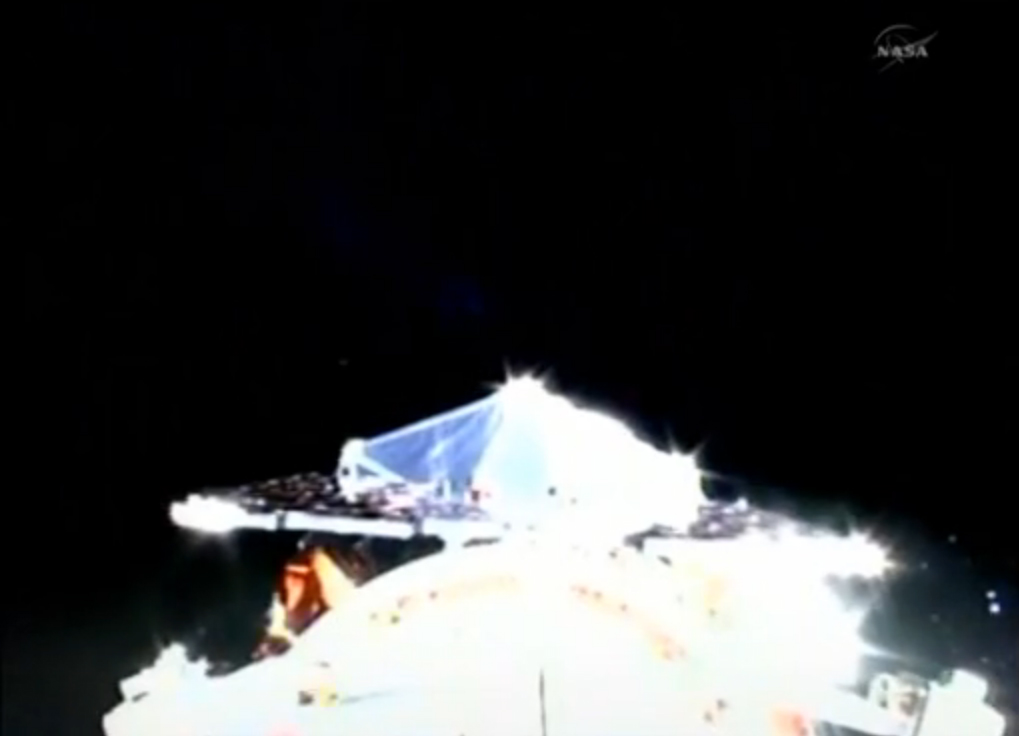
A video camera shows the ocean-observing satellite Aquarius/SAC-D separating from its rocket booster after reaching orbit on June 10, 2011 after its launched atop a Delta 2 rocket. The camera that caught this view was mounted to the booster's upper stage. Credit: NASA TV
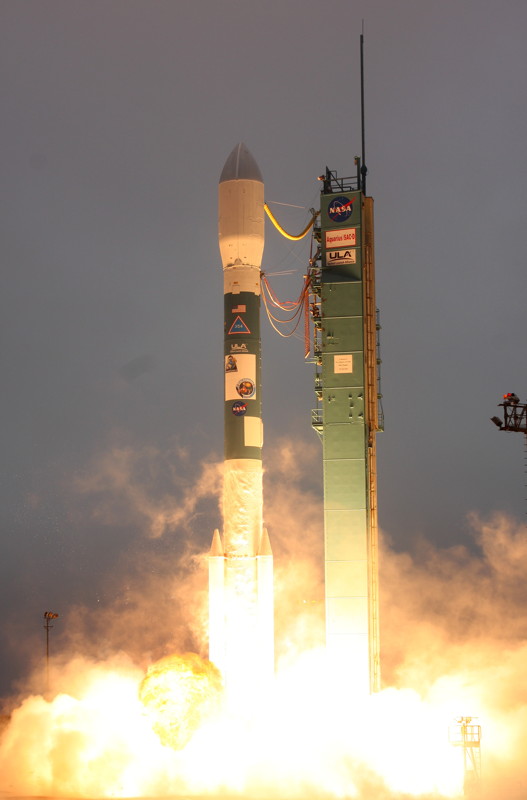
A United Launch Alliance Delta 2 rocket blasts off from Space Launch Complex-2 at 7:20 a.m. PDT, June 10, 2011, with the Aquarius/SAC-D observatory for NASA and the Space Agency of Argentina. Credit: NASA/Bill Ingalls
Breaking space news, the latest updates on rocket launches, skywatching events and more!

A Delta 2 rocket soars toward space carrying the Aquarius/SAC-D satellite in this still from a NASA tracking camera and display during the June 10, 2011 launch from Vandenberg Air Force Base in California. Credit: NASA TV
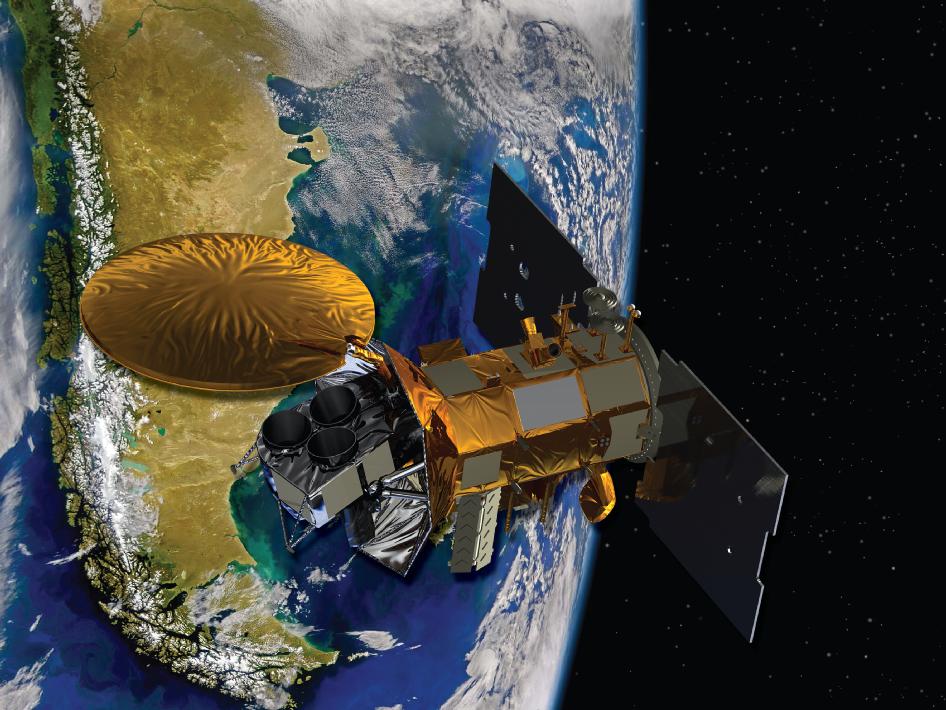
Artist's concept of the Aquarius/SAC-D spacecraft, a satellite designed to study the salt levels in Earth's oceans. Credit: NASA

A Delta 2 rocket launches with the Aquarius/SAC-D spacecraft payload from Space Launch Complex 2 at Vandenberg Air Force Base, Calif. on Friday, June 10, 2011. Credit: NASA/Bill Ingalls

Hector Timerman, Foreign Minister of Argentina, Buenos Aires, left, Michael Freilich, NASA Earth Science Division Director, NASA Headquarters, Washington, center, and Conrado Varotto, CONAE Executive and Technical Director, Buenos Aires, laugh at the start of the Aquarius/SAC-D post-launch press conference on Friday, June 10, 2011 at the NASA Resident Office, Vandenberg Air Force Base, Calif. Credit: NASA/Bill Ingalls

A United Launch Alliance Delta 2 rocket stands ready to launch NASA's Aquarius/SAC-D mission from Space Launch Complex-2.Credit: United Launch Alliance.
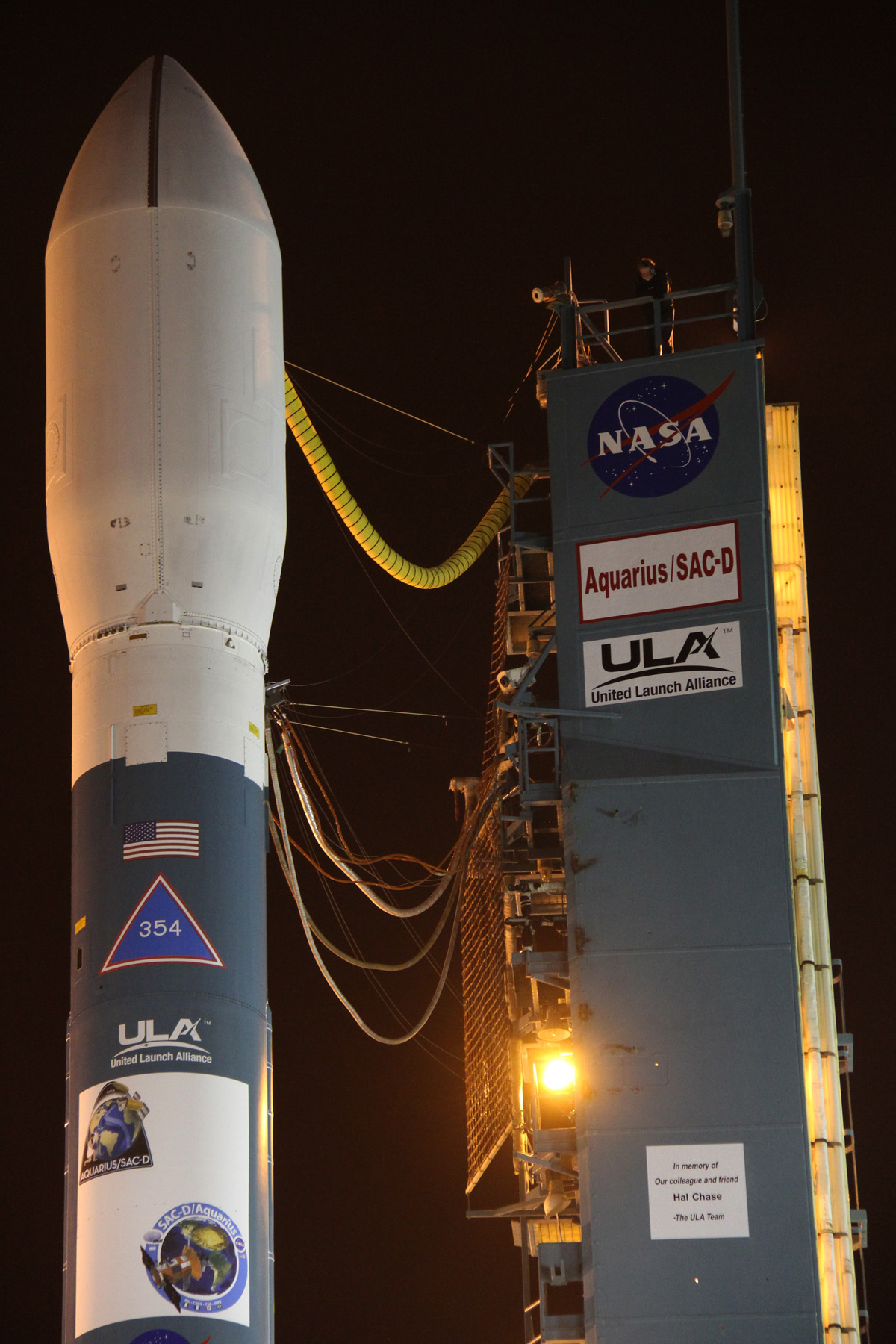
A close up view of the Delta 2 rocket nose cone containing the Aquarius/SAC-D satellite ahead of its June 10, 2011 launch from the Vandenberg Air Force Base in California. Credit: United Launch Alliance.

The mission emblem for the Aquarius-SAC-D satellite mission is seen here in this NASA image that combines the logo with a video still of the spacecraft's June 10,2011 launch.

Another version of the mission emblem for the Aquarius-SAC-D satellite mission is seen here in this NASA image that combines the logo with a video still of the spacecraft's June 10,2011 launch.
You can follow SPACE.com Managing Editor Tariq Malik on Twitter @tariqjmalik. Follow SPACE.com for the latest in space science and exploration news on Twitter @Spacedotcom and on Facebook.
Join our Space Forums to keep talking space on the latest missions, night sky and more! And if you have a news tip, correction or comment, let us know at: community@space.com.

Tariq is the award-winning Editor-in-Chief of Space.com and joined the team in 2001. He covers human spaceflight, as well as skywatching and entertainment. He became Space.com's Editor-in-Chief in 2019. Before joining Space.com, Tariq was a staff reporter for The Los Angeles Times covering education and city beats in La Habra, Fullerton and Huntington Beach. He's a recipient of the 2022 Harry Kolcum Award for excellence in space reporting and the 2025 Space Pioneer Award from the National Space Society. He is an Eagle Scout and Space Camp alum with journalism degrees from the USC and NYU. You can find Tariq at Space.com and as the co-host to the This Week In Space podcast on the TWiT network. To see his latest project, you can follow Tariq on Twitter @tariqjmalik.
